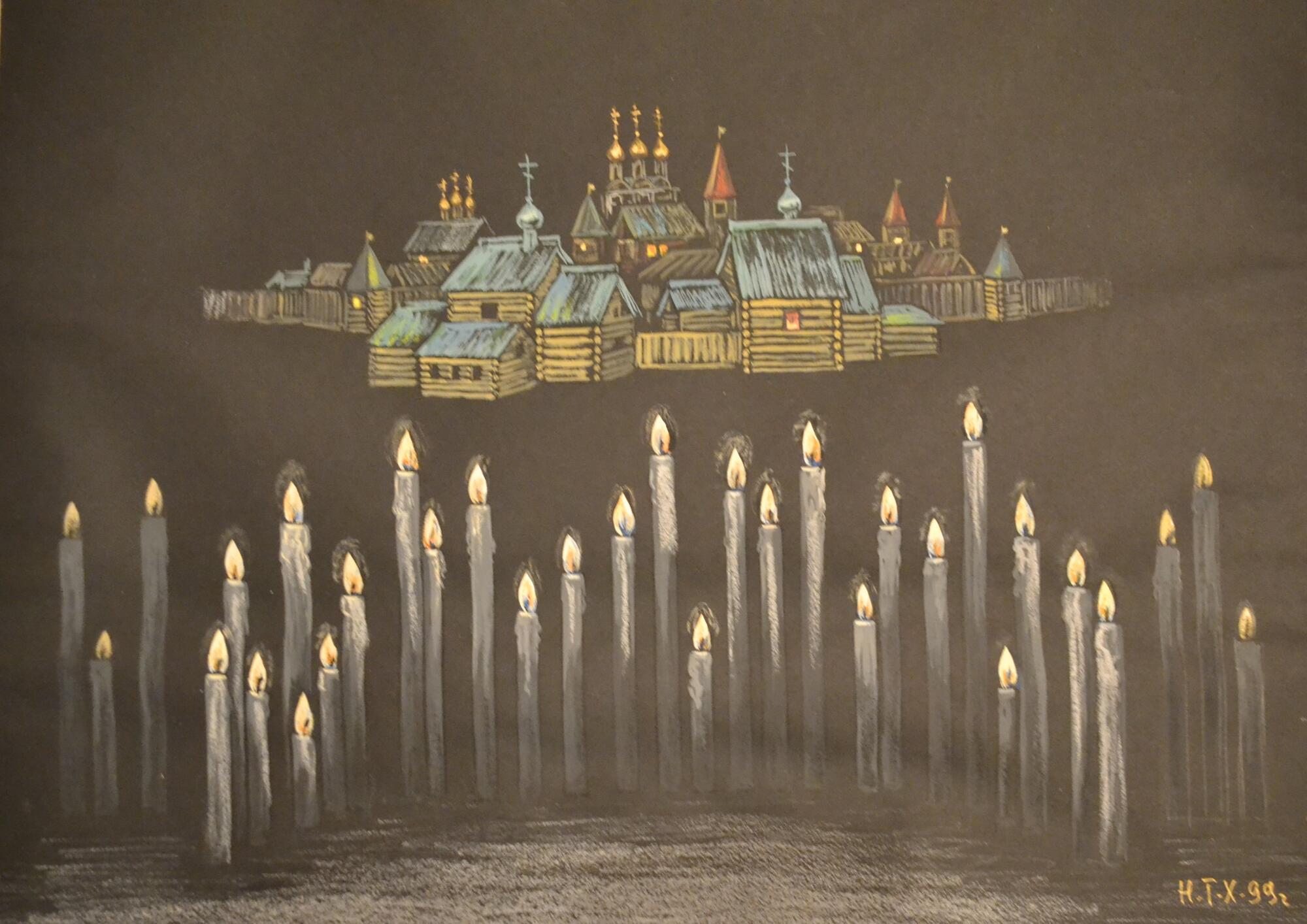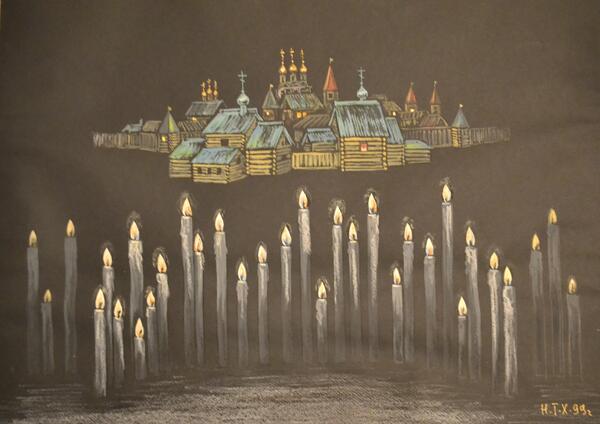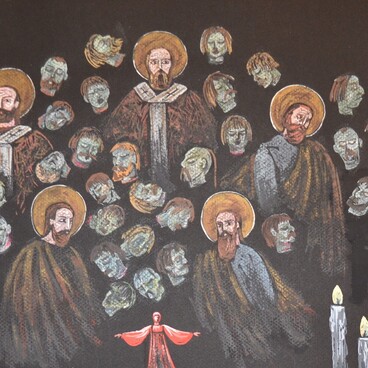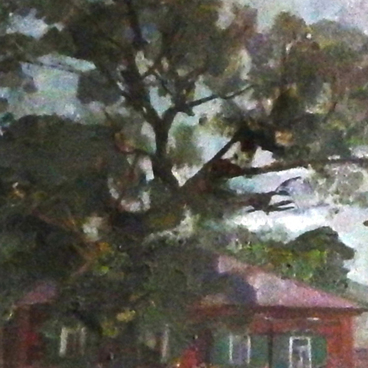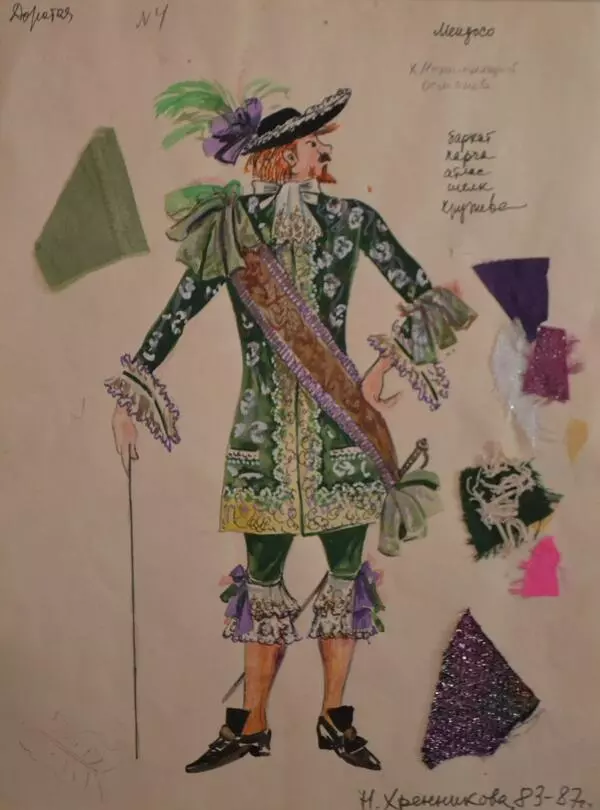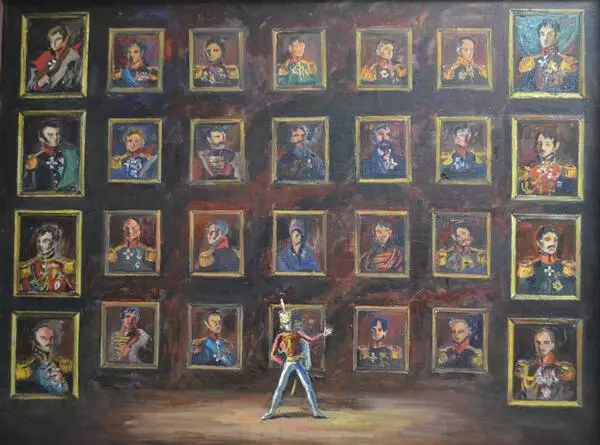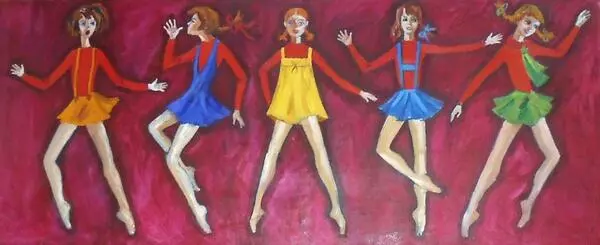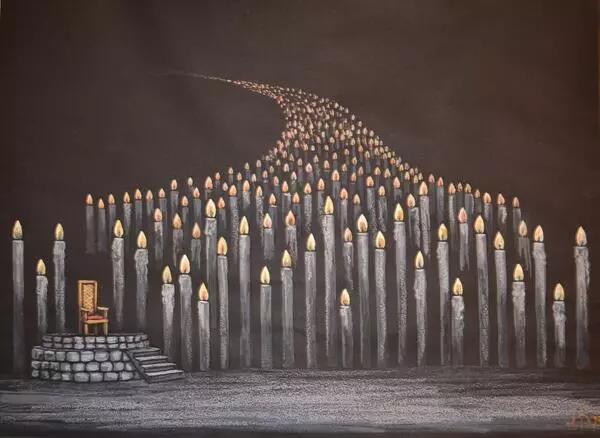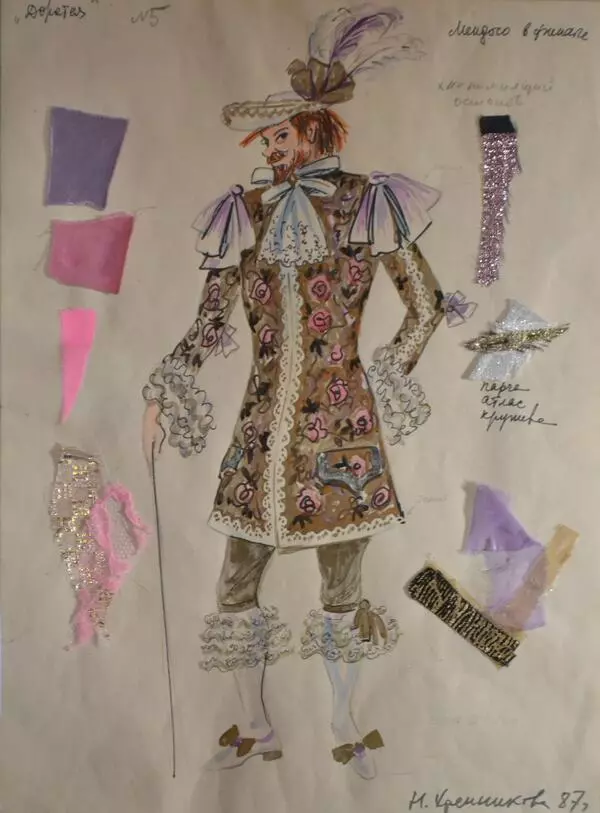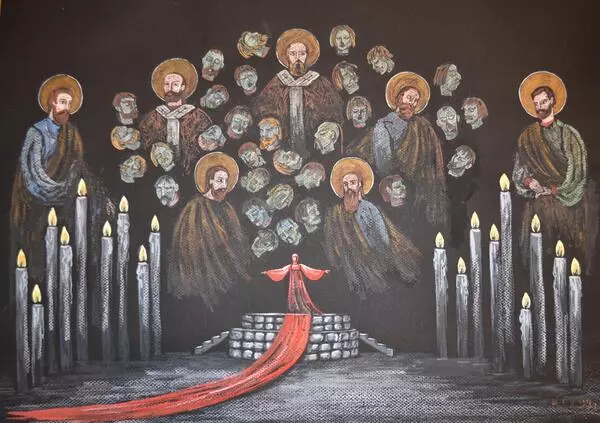Tikhon Khrennikov wrote his ballet “The Captain”s Daughter” in 1999 for the 200th anniversary of the Russian poet Alexander Pushkin (1799–1837). The decors for the production were created by the composer’s daughter, theater designer Natalia Khrennikova.
The story ‘The Captain”s Daughter’ is one of the last and most famous works of Pushkin. It introduces historical events in Russia in the 1770s. According to the plot, a young officer Peter Grinev was sent to serve in the Belogorsk fortress. On the way, he got into a snowstorm, lost his way and met a fugitive Cossack who showed him the way. To thank the savior, Peter gave him a hare sheepskin coat. When he arrived at his duty location, he immediately fell in love with the daughter of the commandant of the fortress Masha. Meanwhile, the fortress was attacked by the rebel Emelyan Pugachev, who declared himself Peter III, and his companions-in-arms. The impostor recognized Grinev as an officer who gave him a sheepskin coat — this accident saved the main character from execution.
For the first time, Khrennikov turned to Pushkin’s story in 1958 — he wrote the music for the film “The Captain”s Daughter” directed by Vladimir Kaplunovsky. The role of Peter Grinev was played by Oleg Strizhenov. The film was very successful at the box office, and the film’s team received awards at international festivals.
These sketches were used at the premiere of the production in Omsk and Moscow. The figure shows the decoration of the wooden Belogorsk fortress, where Grinev came to army. The golden domes of churches rose in the distance, and the light in the windows resonated with the burning candles in the foreground.
The blind impulse of popular rebellion, court balls, intrigues and duels, and a happy love story — all this served as the basis for many of Khrennikov’s dynamic and rhythmic melodies. The composer said: “Always admiring the art of ballet, I was often dissatisfied with its sometimes one-sided development — I mean the tragic nature of the plots that were used as the basis for ballet performances. Without rejecting this at all, I wanted to see festive, joyful, brilliant performances on the ballet stage, bringing beauty and inspiration to people”.
The story ‘The Captain”s Daughter’ is one of the last and most famous works of Pushkin. It introduces historical events in Russia in the 1770s. According to the plot, a young officer Peter Grinev was sent to serve in the Belogorsk fortress. On the way, he got into a snowstorm, lost his way and met a fugitive Cossack who showed him the way. To thank the savior, Peter gave him a hare sheepskin coat. When he arrived at his duty location, he immediately fell in love with the daughter of the commandant of the fortress Masha. Meanwhile, the fortress was attacked by the rebel Emelyan Pugachev, who declared himself Peter III, and his companions-in-arms. The impostor recognized Grinev as an officer who gave him a sheepskin coat — this accident saved the main character from execution.
For the first time, Khrennikov turned to Pushkin’s story in 1958 — he wrote the music for the film “The Captain”s Daughter” directed by Vladimir Kaplunovsky. The role of Peter Grinev was played by Oleg Strizhenov. The film was very successful at the box office, and the film’s team received awards at international festivals.
These sketches were used at the premiere of the production in Omsk and Moscow. The figure shows the decoration of the wooden Belogorsk fortress, where Grinev came to army. The golden domes of churches rose in the distance, and the light in the windows resonated with the burning candles in the foreground.
The blind impulse of popular rebellion, court balls, intrigues and duels, and a happy love story — all this served as the basis for many of Khrennikov’s dynamic and rhythmic melodies. The composer said: “Always admiring the art of ballet, I was often dissatisfied with its sometimes one-sided development — I mean the tragic nature of the plots that were used as the basis for ballet performances. Without rejecting this at all, I wanted to see festive, joyful, brilliant performances on the ballet stage, bringing beauty and inspiration to people”.
